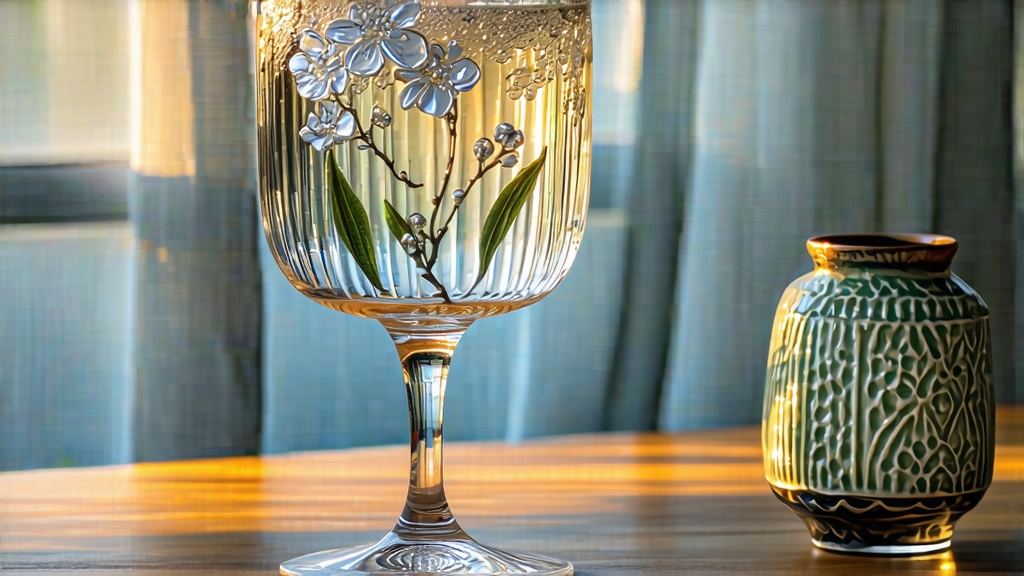
Bai Hao Yin Zhen—“Silver Needle”—is the whispered secret of Chinese white tea, a style so refined that for centuries it was reserved for emperors and the poets who sang their praises. Today, as white tea gains admirers from Brooklyn to Brisbane, Yin Zhen still occupies the apex: the least handled, most minimally oxidized, and arguably the most ethereal leaf China produces. To understand it is to witness the Chinese philosophy of wu wei—effortless action—translated into agriculture, craftsmanship, and finally into a cup that tastes like liquid moonlight.
-
Historical Reverie
The first verifiable record of “silver tips” appears in the Song Dynasty treatise Da Guan Cha Lun (1107 CE), where Emperor Huizong describes tribute buds “wrapped in white silk, shimmering like frost.” Yet Yin Zhen’s modern identity crystallized in the 1790s, when the coastal county of Fuding—ringed by mist-wrapped mountains and the East China Sea—began exporting small lots of pure-tip tea through the port of Guangzhou. European merchants mistook the pale infusion for a delicate green tea; only in 1891 did a London broker coin the term “Pekoe Silver Needle,” forever wedding the leaf to its downy appearance. During the 1970s state-tea system, Yin Zhen comprised less than 0.3 % of China’s total export; even now, one mu (⅙ acre) of certified organic Yin Zhen garden yields barely eight kilograms of finished buds, making it rarer than top-grade Da Hong Pao. -
Terroir and Cultivar
Authentic Yin Zhen is born from two local clones: Fuding Da Bai (Big White) and the even more delicate Zhenghe Da Hao (Big Hair). Da Bai’s buds plump to 2.8–3.5 cm in early March, sheathed in a trichome layer so dense it refracts light, giving the harvested tips a pewter sheen. The maritime climate—diurnal swings of 10 °C, 78 % average humidity, granitic sandy loam at pH 4.8—forces the plant to produce extra polyphenol oxidase inhibitors, chiefly gallic acid and theaflavins, which later translate into Yin Zhen’s signature cooling sensation on the palate. Gardens sit between 200–600 m; above that, night temperatures drop too low for safe withering, while lower elevations yield flatter, less aromatic buds. -
The Craft of “Doing Nothing”
Harvest begins when the morning dew still clings and the air smells of sea salt and azalea. Pickers—usually women wearing wide bamboo hats—snap off the unopened apical bud with the nail of the middle finger, a motion that bruises neither stem nor leaf. The daily quota for an experienced hand is 500 g fresh weight, roughly 2 000 buds. Within two hours the harvest is spread on bamboo trays stacked inside sun-lit corridors called “qing ke jian,” where louvered walls diffuse light to 12 000–15 000 lux, ideal for passive withering. For the next 48–60 hours the buds lose moisture in slow motion; enzymatic oxidation hovers at 5–8 %, just enough to convert grassy aldehydes into sweet lactones. Master tea makers gauge readiness by sound: when a handful of buds rustles like silk rather than crackles, the tea is “fixed.” A final 30-minute bake at 40 °C lowers residual moisture to 5 %, halting oxidation while preserving the silver pubescence. No rolling, no kneading, no charcoal roasting—Yin Zhen is the closest thing in Camellia sinensis to raw gemstone. -
Grading and Age-worthiness
Unlike green tea, Yin Zhen improves with careful aging. The highest grade, “King Needle,” comprises buds longer than 2.5 cm, uniform pewter color, and at least 90 % intact trichomes. Second-grade “Moonlight Broken” still brews well but lacks the sustained orchid note. When stored at 25 °C, 55 % RH, and shielded from light, the buds darken to antique bronze over five years, developing notes of dried apricot, camphor, and white truffle. A 2019 study at Zhejiang University found that aged Yin Zhen shows a 300 % increase in the rare flavonoid epiafzelechin,